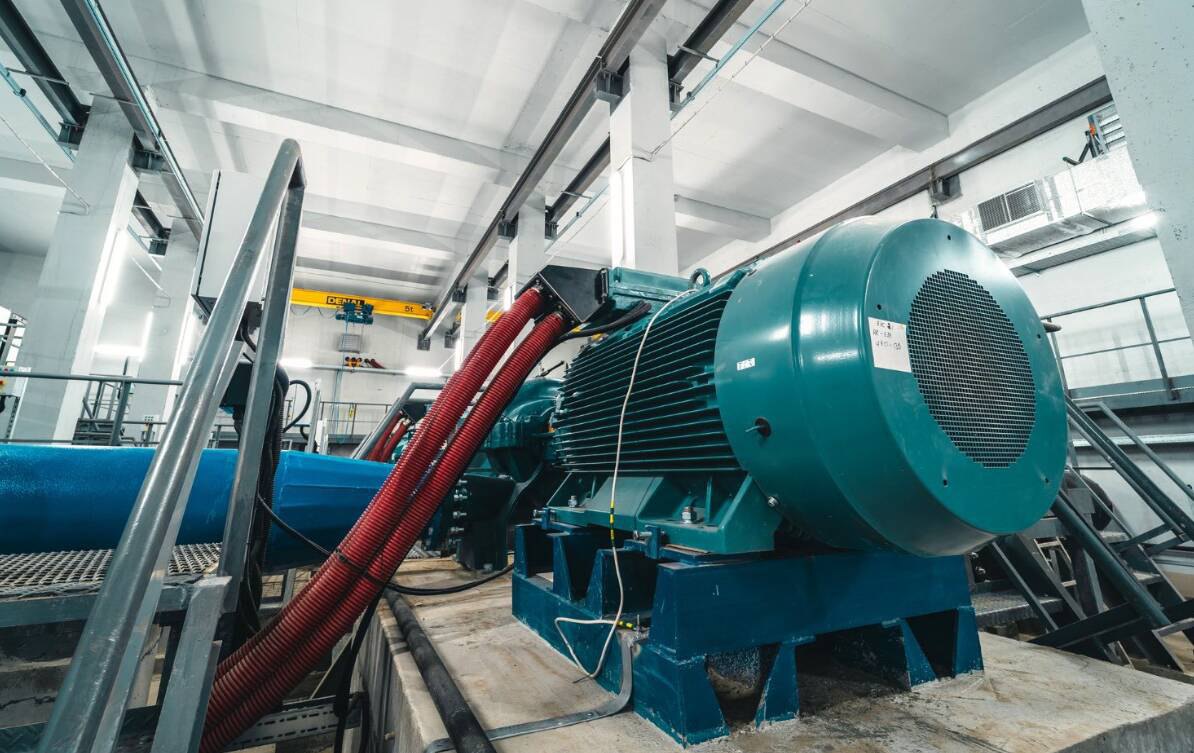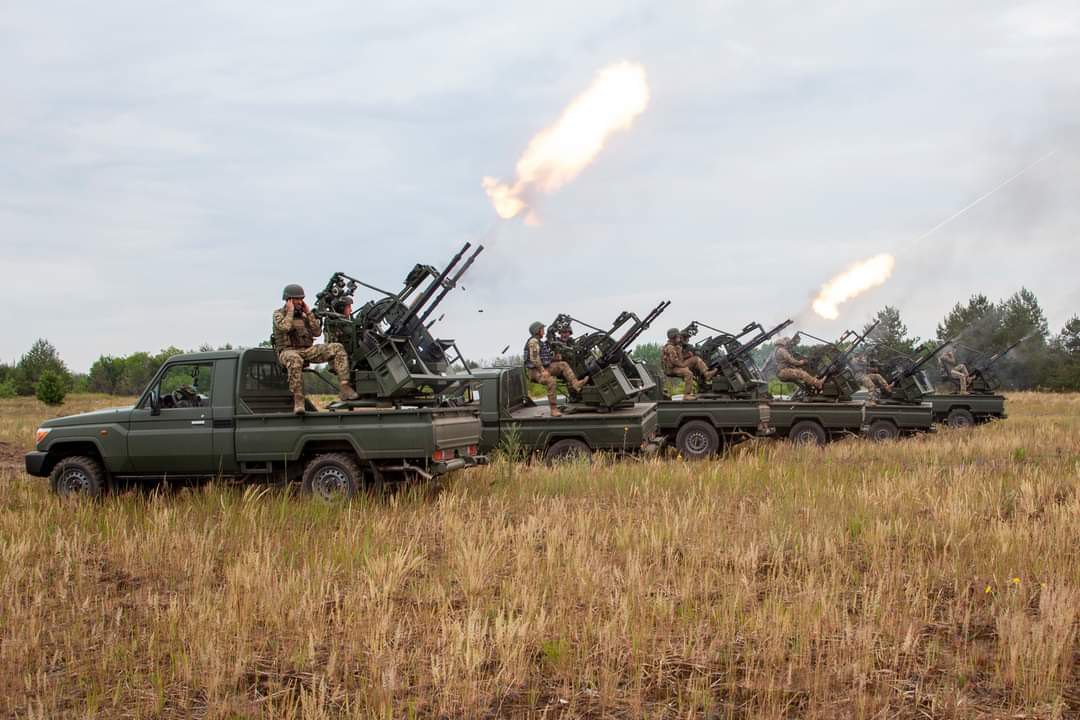
In 2023, the then head of the Kyiv City Military Administration, General Serhiy Popko, announced that a multi-level air defence system consisting of various types of weapons had been built around Kyiv.
In 2025, the current head of the Kyiv City Military Administration, Tymur Tkachenko, announced the allocation of 260 million hryvnias for the ‘Clear Sky’ project — the launch of a full-fledged system for intercepting Russian UAVs attacking Kyiv.
If you browse the ProZorro website, you will find nothing about the purchases made by the city councils of Kryvyy Rih, Dnipro, Kremenchuk, and Odesa, nor on the websites of the city councils themselves. We hope that due to the martial law regime, all defence-related purchases are reliably hidden, and only parks, flower beds and pavements are visible on the surface.
Considering that there are less than two months left before the heating season, a rather alarming picture emerges.
Due to the full-scale invasion by the Russian Federation, Ukraine's energy infrastructure has suffered significant losses, mainly from targeted attacks on power plants, substations and power lines. By the beginning of 2025, our country had lost approximately 27 GW of its pre-war power generation capacity due to occupation, destruction and damage. The share of losses is about 48%.
Since the beginning of the invasion, the enemy has launched more than 600 strikes on energy infrastructure, including 61 in the first half of 2025. More than 63,000 facilities have been damaged, and at least 160 energy workers have been killed. I would like to hear about underground concrete shelters for transformers and everything else. Who was responsible for this project?
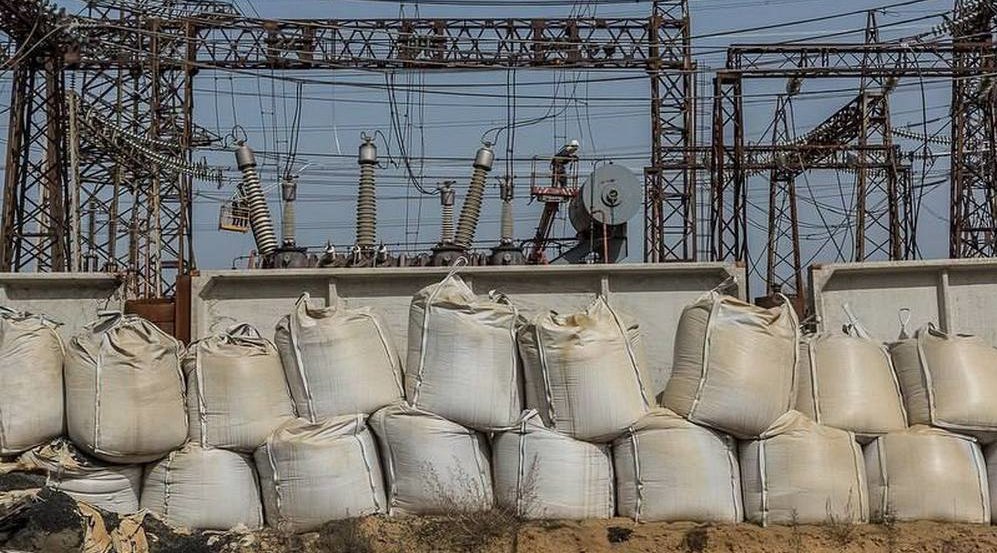
Heat generation, i.e. the production of heat for heating and hot water supply, also suffered losses. The attacks intensified in the spring of 2024, when Russia resumed massive strikes on the energy system, leading to the temporary loss of another 9 GW of capacity, mainly at thermal and hydroelectric power plants. By September 2024, losses had reached 80% of heat generation, which accounted for two-thirds of the country's dispatch capacity.
Half of the power generation capacity (about 19-27 GW) is still out of order this year. The result is power cuts for 8 million households, electricity rationing (those same hated power cut schedules) and imports from the EU to cover the shortfall.
Russian enemy attacks continue. In particular, on 5 September, shaheds damaged a substation in the Kamyansko-Dniprovskyy territorial community, leaving thousands of households without electricity. In Kryvyy Rih and Sumy, attacks led to power cuts for 80,000 households.
By June, energy workers had heroically restored more than 5 GW of heat generation, but the system remains fragile. The total cost of the damage is estimated at $10 billion, and reconstruction will require $524 billion over the next decade.
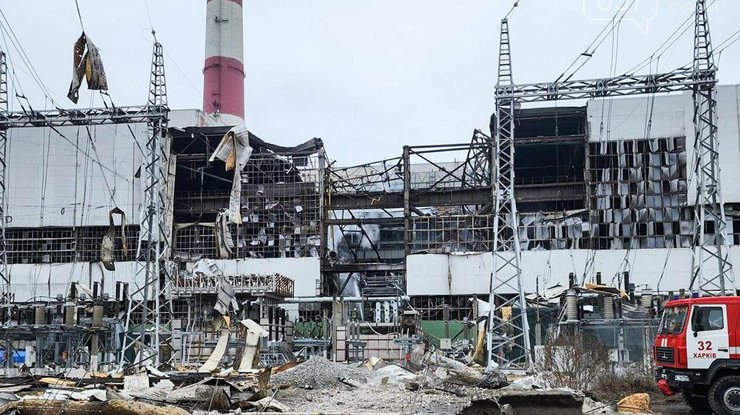
The situation is equally challenging in heat generation: 80% of thermal capacity (including thermal power plants and boiler houses) was destroyed or damaged before September 2024. Damage to heat supply (excluding thermal power plants) is estimated at $1 billion.
Russian war criminals focused their attacks on heat generation, which led to heating problems in winter and will create problems in the next heating season. During the 2024/2025 heating season, the Russians carried out nine massive attacks, resulting in significant interruptions in heat supply.
Thanks to the efforts of energy and heating companies, Ukraine got through the winter of 2024–2025 without any serious blackouts, but the winter of 2026 will require an additional 0.9 GW of distributed capacity. It will also require repairs/modernisation with a focus on decarbonisation and EU standards.
The drought that has befallen the residents of occupied Donetsk forces us to take a look at the state of affairs in our country. A sad picture emerges: Ukraine's water supply infrastructure is in critical condition due to shelling, occupation and general obsolescence. Only 68% of the population has access to centralised water supply, leaving 1.7 million children without safe drinking water. A total of 1.4 million people in frontline regions are deprived of running water, and 4.6 million have only limited access due to damage to the networks. The cost of reconstruction for 2025–2033 is estimated at $11.3 billion.
Attacks have damaged water networks and treatment facilities, particularly in the Kharkiv, Sumy and Kherson regions. For example, on 27 August, Russian UAVs struck a water canal in Sumy, leaving the city without water. In Nizhyn, an attack on 31 August caused water supply problems for 30,000 households. In Kryvyy Rih, an attack on 16 July disrupted the water supply, but it was restored thanks to the resilience of the municipal water utility workers.
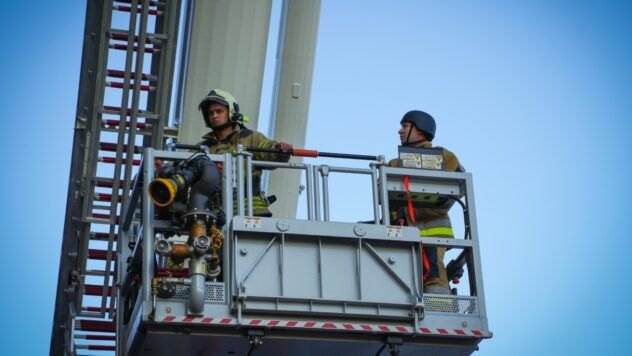
Local authorities are working hard to restore basic utility services. In Mykolayiv, they are completing the largest wartime project — a water pipeline that will supply water to a city of 500,000 residents. The family lived in Mykolayiv from 2003 to 2009, and the author knows about water supply schedules, the lack of hot water, and overall quality from neighbours.
With the help of the EU, water supply has been restored to 100,000 residents of Slovyansk. The Netherlands has allocated €52 million to restore water supply in 2025–2026.
The WHO, UNICEF, and governments of countries supporting Ukraine (such as Japan) are supplying equipment to protect critical infrastructure, including water channels.
Attacks threaten epidemics and humanitarian crises, especially in winter.
Overall, Ukraine's water and energy infrastructure is resilient thanks to reconstruction, but it needs urgent international support to counter the attacks of war criminals. And this is not just a question for air defence.
